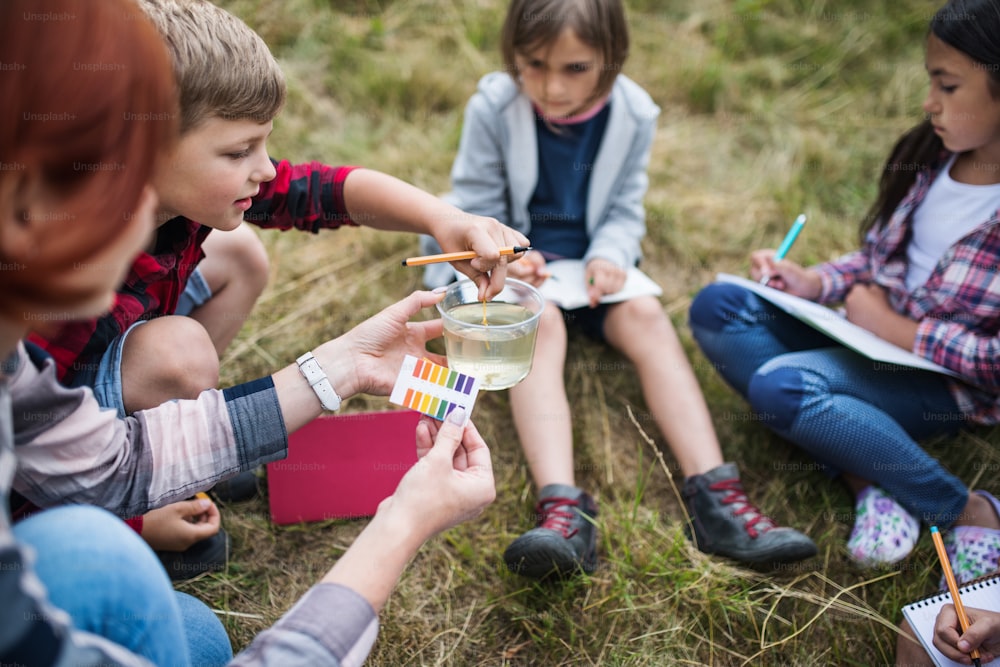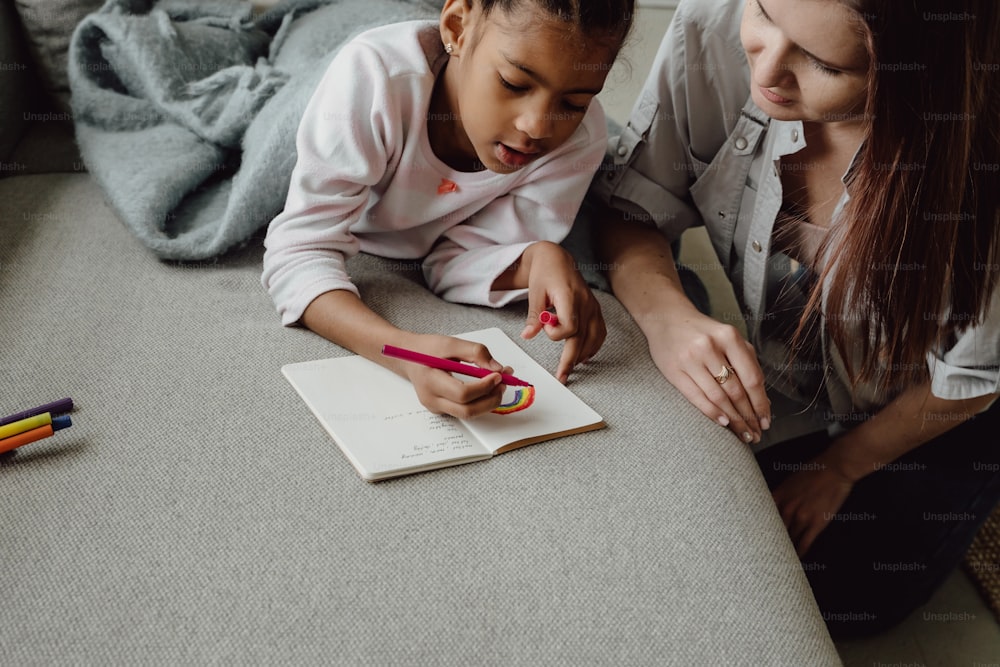Unlocking the Potential: The Crucial Role of Child Development in Shaping Future Success
As the sun rises on the playgrounds of youth, the true essence of child development begins to shine through the laughter and leaps of joy. It's an age-old scene, as integral to growth as the ABCs and 123s. Yet, in our modern, gadget-gripped age, the realm of free-spirited play faces a quiet encroachment, with many children finding themselves confined to the digital indoors. It begs the question: Are we clipping the wings of development when we sideline the primal urge to play? This article aims to delve deep into the heart of childhood—where unstructured playtime is not just a frivolous jaunt but a cornerstone of developmental triumph. So, let us embark on a journey to rediscover the unsung hero of growth and learning, as we unravel the colorful tapestry woven by the hands of play in shaping the minds and bodies of our youngest pioneers.
The Natural Inclination to Play
Just as a seed instinctively pushes through the soil towards the sun, children have an innate desire to play. It's not just a random act of fun—it's the way they make sense of the world. Watch a child in play, and you'll see a mind at work, honing skills as sharp as a chef's knife. This playtime, seemingly as chaotic as a kitten chasing its tail, is actually a child's first step in developing problem-solving prowess, sparking creativity, and masterfully weaving words into the tapestry of communication.
It's in this dance of play that children begin to march to the beat of their own drum, fostering unique interests and personalities. Here in the sandbox and on the swings, independence takes root, growing stronger with each imaginative quest and make-believe adventure. In this world, a box becomes a fortress, and a jump rope, a vine in a vast jungle. So, let's give them the key to unlock their potential, nurturing these natural inclinations as they explore, learn, and grow into the architects of their own bright futures.
Physical Development Through Play
Picture a group of children darting across a playground, their laughter punctuating the air like the best kind of music. This scene is far more than just a charming tableau; it's a vital component of child development. As little ones scamper, climb, and somersault, they are not just burning off steam but also engineering a foundation for physical development. Unstructured play is akin to the secret sauce in the recipe for growing healthy, strong, and coordinated little humans.
-
In the dance of childhood physicality, each hop, skip, and jump choreographs strength and balance.
-
Children climbing to the treetops aren't just seeking thrills; they're developing essential motor skills and learning the limits and capabilities of their bodies.
-
The rough-and-tumble play often frowned upon is actually a masterclass in coordination and resilience.
In a world where screens often eclipse sunlit fields, fostering unstructured play becomes a pivotal way to combat the rise of sedentary lifestyles. After all, a childhood rich in movement primes the stage for a future of health and vitality.
Cognitive Development Through Imaginative Play
Imagine a child, a conductor of creativity, orchestrating their own world with the simplest of props. This is the essence of imaginative play, a sandbox for the mind where cognitive development blossoms. Within these make-believe realms, children become alchemists of ideas, transforming a cardboard box into a spaceship or a stick into a magic wand. The beauty of this play is not just in the joy it brings, but in the problem-solving skills and creativity it nurtures.
Take the act of building a pillow fort—a masterclass in spatial awareness and engineering for the young mind. Or consider the realm of pretend play, where a child navigates the complexities of being a chef, a superhero, or a doctor. This is not just play; it's a rehearsal for life, expanding their vocabulary and understanding of social roles. It's through these scenarios that children learn to think on their feet, to negotiate with the material and social world, crafting stories and solutions as they go.
-
Building blocks become skyscrapers, honing spatial understanding.
-
Dress-up transforms toddlers into kings and queens, teaching role-play and empathy.
-
Puppet shows allow narratives to unfold, improving language and sequencing.
In the tapestry of childhood, the threads of imaginative play are interwoven with the growth of a child's cognitive abilities, proving that within the heart of play lies the seeds of future innovation and thought leadership.
Social and Emotional Development Through Play
Imagine a child, cape billowing behind them as they leap from the couch to the floor, vanquishing imaginary foes. This scene is more than mere child's play—it's a critical arena for social and emotional development. Within these playful moments, children navigate the seas of emotion and learn the language of social interaction. Through role-playing and cooperative games, they become adept at reading emotional cues, the give-and-take of conversation, and the art of negotiation.
-
Emotional Expression: Play is a safe harbor where children can express joy, frustration, and even anger, practicing how to channel these feelings constructively.
-
Emotional Regulation: Waiting their turn in a game of hopscotch or sharing toys in the sandbox teaches patience and self-control.
-
Social Skills: Collaborative playtime, such as building a block tower with friends, hones communication and teamwork.
These unstructured play scenarios are the building blocks of a healthy emotional foundation, setting the stage for children to grow into empathetic and socially adept adults. By fostering these skills early on, we prepare our little ones not just for the playground, but for life's grand stage.
The Importance of Unstructured Play in a Structured World
In a world where schedules often dictate the day's rhythm, the spontaneous spirit of unstructured play can seem like a relic of yesteryear. Yet, the benefits of such play are timeless. The juxtaposition of free play in an era marked by structured learning environments and tightly packed routines is stark, but the magic of unstructured play lies precisely in its contrast to the regimented world children inhabit. It's like a breath of fresh air in a room that's been a little too stuffy.
-
Unstructured Play acts as a counterbalance to the structured environments, offering a fertile ground for creativity and stress relief.
-
It injects a sense of adventure into the meticulousness of modern childhood, allowing kids to explore at their own pace.
-
Unstructured playtime is a hidden ally in child development, championing the cause of a holistic education that respects the mind's need for freedom.
The climbing frames and sandboxes of unstructured play are not just idle pastimes; they are the arenas where future problem-solvers and innovators cut their teeth. In recognizing this, we offer our children a key to a door that opens to a world of imagination and emotional agility, equipping them for success in a society that values adaptability as much as it does achievement.
Encouraging Unstructured Play in Children
Like Mary Poppins who knew the "spoonful of sugar" approach to tidying a room, we can sweeten the deal for our children's development with a sprinkle of unstructured play. Transforming your home into a playground doesn't require a magic nanny, just a bit of creativity and a commitment to your child’s growth. Here's how:
-
Time Alchemy: Carve out pockets of time where the only agenda is fun. It's like finding hidden treasure in a busy schedule, ensuring that play becomes a golden part of your child’s routine.
-
Space Crafting: Dedicate a safe corner of the cosmos—be it your living room or backyard—where your little astronaut can explore the universe of their imagination. It's not about the square footage; it's about the freedom within it.
-
Toy Minimalism: Sometimes less is more. Fewer toys ignite more creativity. Think of it as the Zen garden of playtime—each pebble, stick, or box can be a mountain, a wand, or a castle in your child’s inventive narrative.
Remember, unstructured play is not a luxury—it's a necessity. Encourage this in your little ones, and watch as they blossom into curious, capable, and emotionally resilient explorers, ready to conquer the world—one game of make-believe at a time.
Conclusion
As we've danced through the playground of thought, we've seen the irreplaceable value of unstructured play in nurturing the fertile ground of child development. It's a key that unlocks the door to a world where cognitive, social, and physical growth blossoms. In the tapestry of daily life, weaving in moments for unstructured play becomes not just an activity, but a vital thread in the fabric of a child's future success. It's about more than just fun and games; it's about shaping resilient, creative, and well-rounded individuals.
Let's not forget that amid the structured demands of our modern lives, the freedom and joy of play stand as a beacon of balance and wellbeing. As we wrap up our exploration, we encourage caregivers and parents to champion play—to make it a priority, to ensure it's as much a part of the daily routine as any meal or bedtime story. By doing so, we not only honor the essence of childhood but also cultivate the leaders, thinkers, and dreamers of tomorrow.


